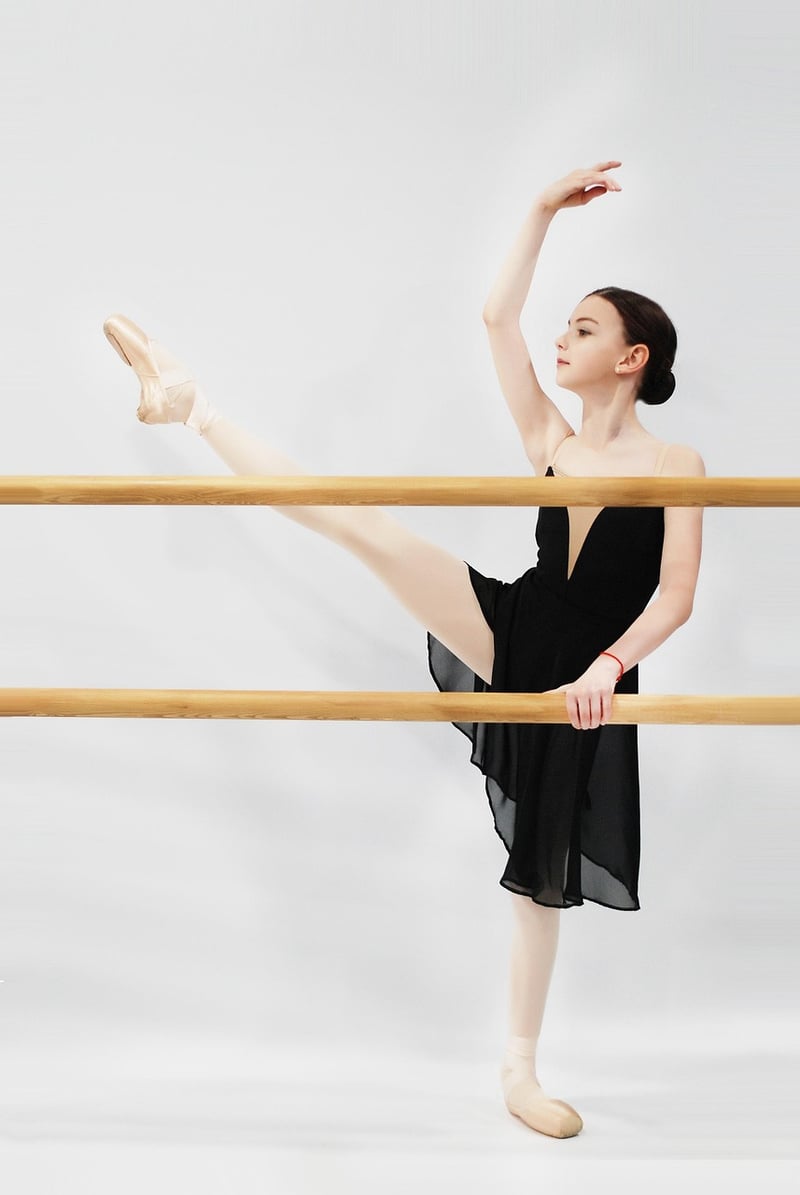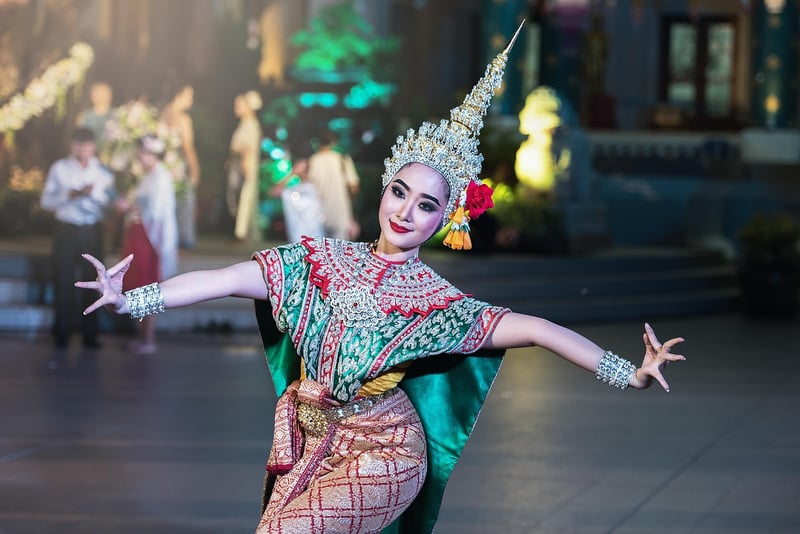Contemporary
The Fusion of Expressive Movement Form and Contemporary Dance
Expressive movement form and contemporary dance are two distinct yet complementary styles that have been brought together to create a unique and captivating fusion. This blend of artistic expression and modern dance techniques offers a dynamic and innovative approach to movement that captivates audiences and challenges traditional boundaries.
Expressive Movement Form
Expressive movement form is rooted in the idea of using the body as a tool for emotional and physical expression. It focuses on conveying a wide range of feelings, thoughts, and experiences through movement, gestures, and body language. This form of dance often emphasizes individuality, creativity, and personal interpretation, allowing dancers to explore their innermost emotions and express them through their bodies.

Contemporary Dance
Contemporary dance, on the other hand, is a genre that emerged in the mid-20th century and continues to evolve today. It incorporates elements of various dance styles, including ballet, modern dance, and jazz, to create a fluid and versatile form of movement. Contemporary dance often focuses on exploring new ways of moving, pushing the boundaries of traditional dance techniques, and challenging the norms of performance art.

The Fusion
When expressive movement form and contemporary dance come together, the result is a powerful and captivating fusion of artistry and innovation. Dancers blend the emotional depth and individual expression of expressive movement form with the fluidity and versatility of contemporary dance techniques, creating performances that are both visually stunning and emotionally resonant.
This fusion allows dancers to explore new possibilities in movement, experiment with different styles and forms, and create performances that challenge and inspire audiences. It offers a platform for dancers to express themselves fully, pushing the boundaries of traditional dance and paving the way for new forms of artistic expression.
Conclusion
The fusion of expressive movement form and contemporary dance represents a meeting of tradition and innovation, emotion and technique, individuality and collaboration. It offers dancers a unique opportunity to explore the depths of their creativity, challenge the norms of dance, and create performances that push the boundaries of artistic expression.
Whether you are a seasoned dancer or a newcomer to the world of dance, experiencing the fusion of expressive movement form and contemporary dance is sure to leave you inspired, moved, and in awe of the boundless possibilities of human movement and expression.
